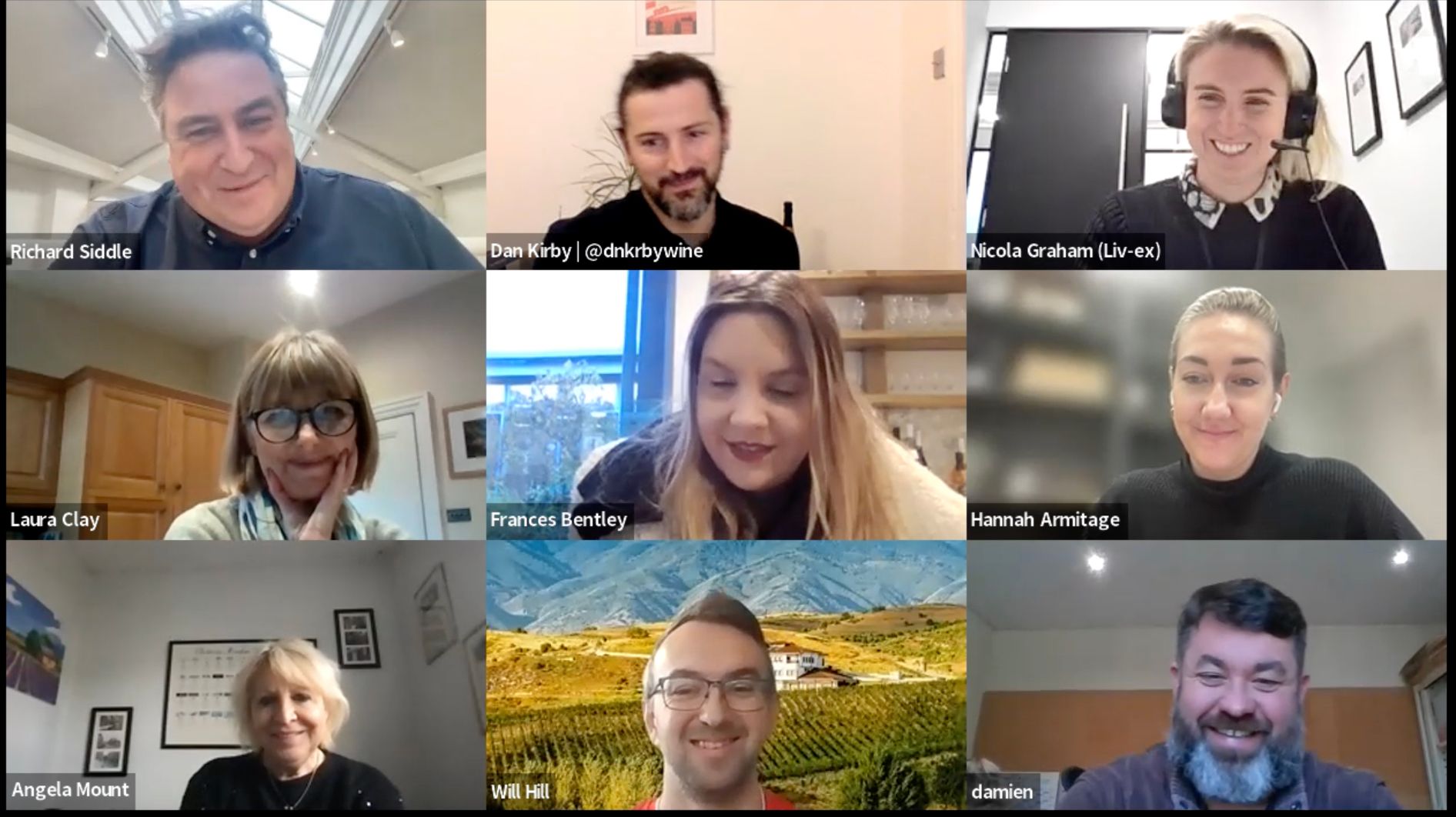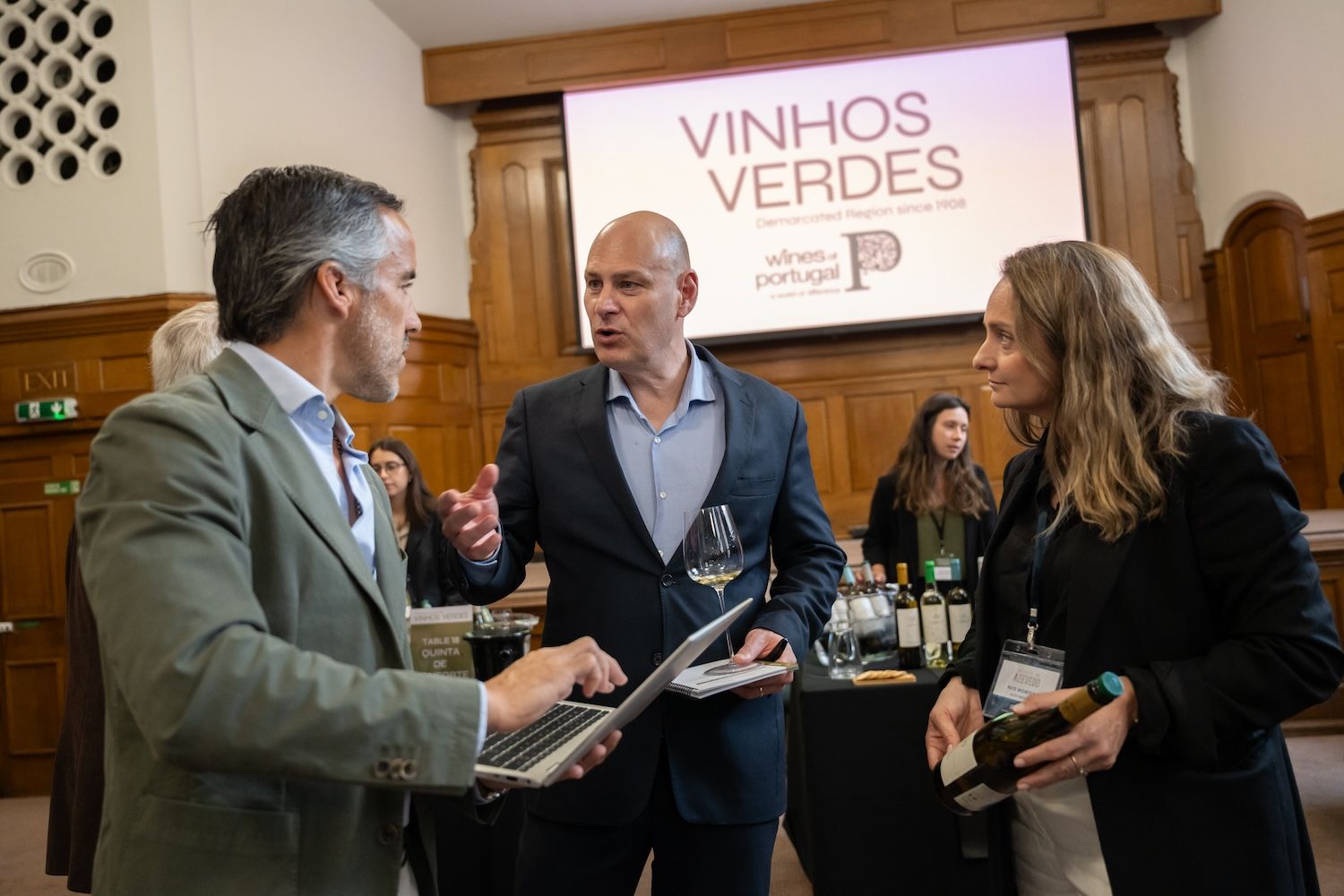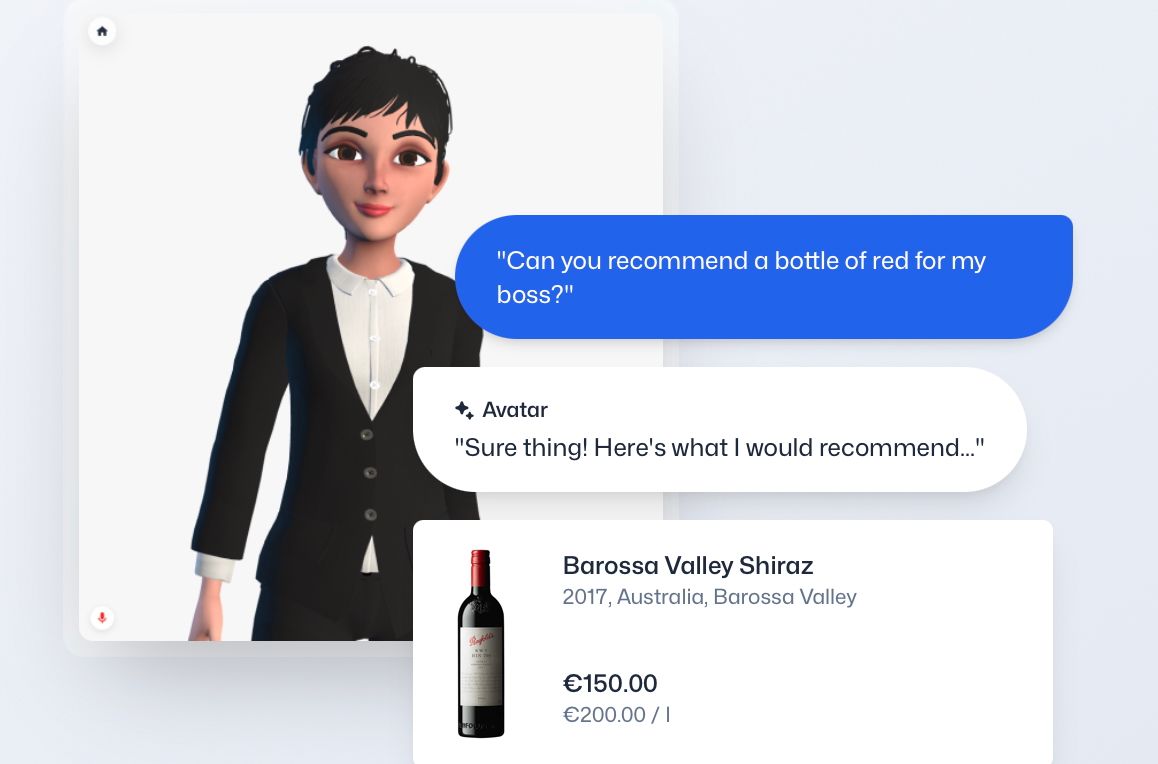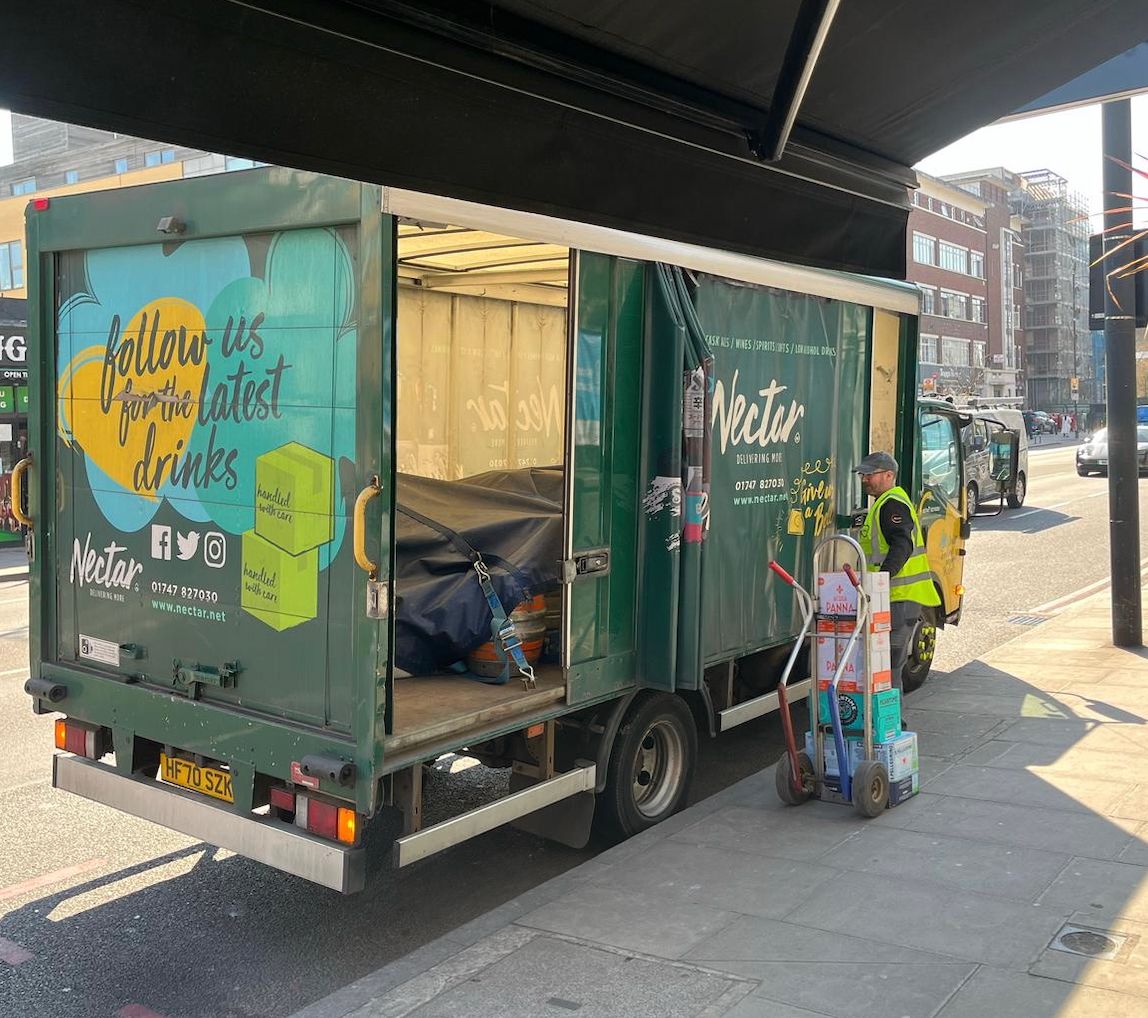The latest Buyer Debate was also an opportunity to explore the evolution of wine styles across Right Bank Bordeaux with a comparative tasting between two vintages, 2018 and 2012 or 2010 depending on the wine, to see how the wines are evolving.
We might look at Bordeaux as one big wine region, but its personality and characteristics come from two very distinct, and different wine areas that sit facing each other across the Gironde estuary. For Bordeaux is also very much about what its Left Bank and Right Bank appellations offer wine buyers from all over the world.
The Left Bank situated south of the Garonne river famous for its Cabernet Sauvignon dominant blends where its major players are still very much segmented and influenced by the 1855 Classification.
But it is the Right Bank where our attentions turn for this debate. An area north of the Dordogne river where Merlot is the main grape variety helping to make fresh, fruit forward wines from its multiple sub-appellations split between St Emilion, Pomerol and Fronsac.
To help us our thanks go to our panel of leading wine figures, buyers, consultants and merchants from across the UK wine industry that included:
- Angela Mount, wine consultant and journalist
- Laura Clay, wine consultant, WSET wine educator
- Will Hill, wine buyer, Honest Grapes
- Frances Bentley, wine buyer, LWC Drinks
- Nicola Graham, head of content, Liv-ex
- Dan Kirby, wine consultant, Adnams
Representing Bordeaux’s Right Bank was:
- Damien Landouar, general manager, Château Gaby, Canon Fronsac and president of the Wines of Fronsac & Canon Fronsac.
(Click here to watch the full Zoom debate)
How important is Bordeaux’s Right Bank to them and their buying decisions not just from Bordeaux but from across France? What are they looking for in particular from St Emilion, Pomerol and Fronsac and its sub-appellations? How do they see their wine styles adapting, changing and evolving and how relevant are they for the UK market?
But we also wanted to see how the Right Bank fits in to the overall demand for Bordeaux wines as a whole.
Bordeaux perceptions
Frances Bentley from LWC Drinks was the first to tackle some of those questions. She says its Bordeaux market is “quite polarised” and it is selling a “lot of high-end, classic Bordeaux” wines in the on-trade in major city centres and through national accounts and then it is also selling a lot of entry level wines. Where there is less interest at the moment is in the “middle ground” or for Bordeaux whites.
Within those Bordeaux sales it is selling more Right Bank wines, she adds, but admits she “doesn’t really know why” which is why she was keen to take part in the debate. Perhaps people are looking for more “easy going fruit” or it could be a “pricing thing,” she adds.
The demand at Honest Grapes is very much for the “expensive, named brand” Bordeaux wines, says Will Hill, but he agrees with Bentley that there is also a lot of interest at the other end of the market as well. Particularly for whites which seem to have benefited from specific promotional campaigns.
He says one of the key trends he has seen has been growing interest in “satellite appellations” and “lesser known” areas where there is also great value to be had.
(Click here for LWC Drinks’ Frances Bentley views on Bordeaux Right Bank)
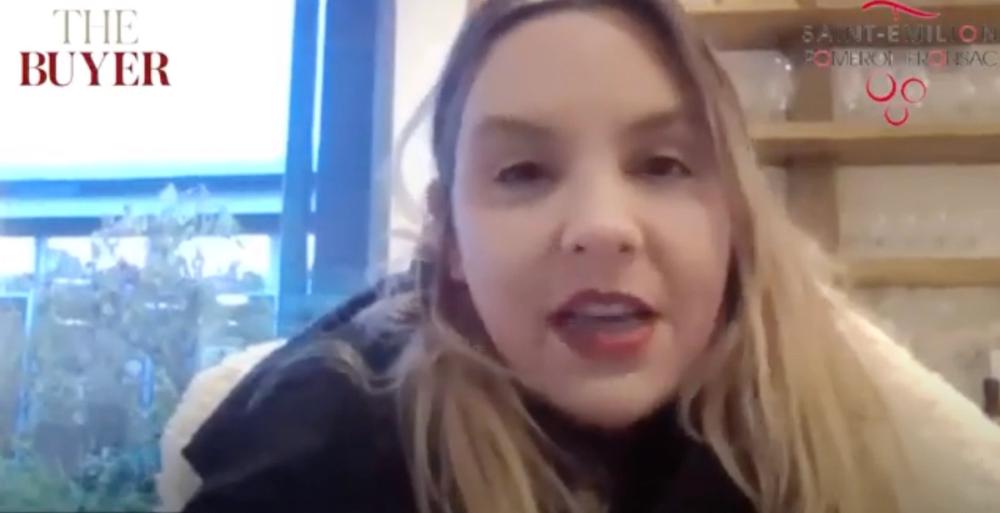
Dan Kirby says Adnams has enjoyed good retail sales from Bordeaux over a number of years and it has helped its image with its customers for having classic wines at great value prices – like its own label Claret that retails around £11 which it can then “pepper” other wines around that central point.
Adnams most successful Bordeaux wines now sit between £11 and £18 and come from right across the region and it concentrates mainly in that area. It is also the mid-priced Bordeaux wines that are working well with its on-trade customers as well, he adds.
What he sees customers looking for from Bordeaux are “juicy and approachable and classic and traditional” wines rather than appellation specific wines. “They want that classic fruit profile.”
Right Bank pluses
Which very much plays into the Right Bank’s hands, says Angela Mount. She very much agrees with Kirby just how important having a solid, good value own label claret can be in an operator’s Bordeaux range. It was very much the “cornerstone” of the Somerfield Bordeaux range when she was the head wine buyer there and it was always the Right Bank where she headed to in order to blend that year’s own label Claret.
“I wanted a wine at a given price point at entry level, house Claret which delivered and which was easy drinking and approachable. It has to be a red wine that could be drunk now, which is what my consumer base at a supermarket retailer were looking for.”
It also meant creating a blend that was at least 70% Merlot as that gave you the “softer, juicier fruit” that her consumers wanted.
It’s still very much the case today with all the major retailer tastings she has been to focusing very much on “affordable Bordeaux”. Then, she adds, there is the generational factor where Bordeaux is so much an easier sell to older demographics than it is to new, younger drinkers.
(Click here for Angela Mount on why Right Bank is vital for making easy drinking, approachable retailer wines)
All of which was music to the ears of Damien Landouar, general manager of Château Gaby, Canon Forensic and president of the Wines of Fronsac & Canon Fronsac.
“We want to make approachable, easy drinking and more fruity wines and try to find the good combination of those for the consumer,” he explains.
The key for Right Bank wines is also its ability to make wines that can age and offer more complexity over time. Its producers are not making wine to be drunk too young. It would go against all the hard work being done in the vineyards, managing its yields, and then ageing in the cellars and barrel rooms, stresses Landouar.
That is what he believes is bringing people back to Bordeaux. For its “fruity, light bodied, easy drinking wines, but with ageing and complexity.”
Trading perspective
From a trading point of view Nicola Graham was able to share insights from the sales and trades for Bordeaux and Right Bank wines on the Liv-ex platform. One of the biggest factors for Bordeaux, she says, from its data is how much it is now competing with fine wines from all over the world. For whilst in 2010 up to 95% of all trades would be Bordeaux winesthat is now closer to 35%.
But within Bordeaux itself the “market has also widened and deepened,” says Graham, with more trades being done across more regions, appellations and styles of wine.
The Right Bank and St Emilion, in particular, has really benefited from that and whilst only 5% of all Bordeaux trades were for St Emilion wines in 2010 it is now 14% of Bordeaux’s total. “So growth within Bordeaux has also improved as well. It’s fascinating to see.”
The number of producers and châteaux trading on Liv-ex is also increasing, she adds. In 2010 there were 47 producers from St Emilion trading on Liv-ex, versus 81 today.
(Click here for Damien Landouar of Château Gaby on what makes Right Bank wines stand out vs the rest of Bordeaux)
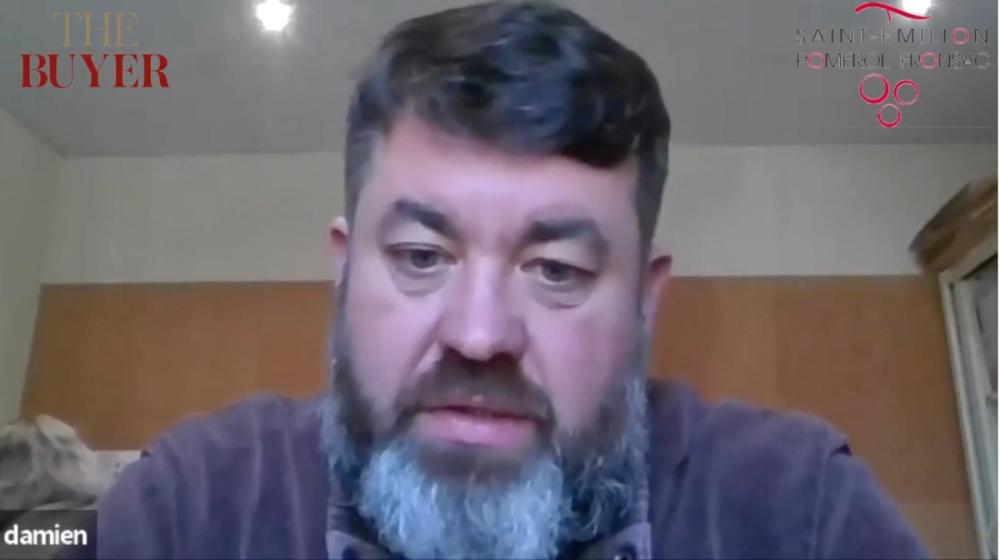
Changing consumer
As an accredited Bordeaux wine educator since 2006 Laura Clay is ideally placed to assess how the average wine drinkers’ perceptions and attitudes towards Bordeaux and its Left and Right Bank appellations have changed.
She says she agrees with Mount when it comes to the generational split in regards to understanding Bordeaux, but that also makes it “incredibly exciting” to introduce Bordeaux and, in this case, Right Bank wines to younger consumers. “It’s like something new. They know nothing about Bordeaux and it means nothing to them, so it has been thrilling to do that.”
Clay says the region as a whole has been helped in the last five years by the “amazing” jump in quality across its entry level wines which means there are now so many bargains to be had including “drinkable but also complex and interesting wines” too.
It therefore now offers something new for younger drinkers looking for an alternative to the New World, and a home for home for older drinkers looking to come back to the region.
“In terms of quality and value then Bordeaux is definitely on the up,” she adds.
St Emilion as a brand
Mount says that when we look at Bordeaux as a whole we have to recognise that in the consumer’s eyes “Bordeaux is a brand” in the same way that “Rioja or Chianti is a brand”. Within Bordeaux she would also argue that “St Emilion is a brand” and is the only major appellation that is recognised in that way.
Clay agrees and says that over the last 15 years of teaching it is “St Emilion that absolutely everyone knows” which has a knock-on benefit to all its satellite regions that carry the St Emilion name.
Arguably, she adds, St Emilion has more of a pulling power and awareness amongst the consumers she is working with or people she is consulting for than the term Right Bank.
Kirby says because consumer’s awareness of St Emilion is so strong it is possible, when talking about the Right Bank as a whole, to start with St Emilion and then “anchor” everything else in and around it from there. The key for a wine merchant is to make sure you talk about those “other” wines as being just as good as St Emilion, they are just not as well known.
It’s why Mount believes the sub-appellations within St Emilion – Lussac-Saint-Émilion, Montagne-Saint-Émilion, Puisseguin-Saint-Émilion, and Saint-Georges-Saint-Émilion – benefit from having the “umbrella effect” from St Emilion on the label.
“Pomerol also resonates but at a super premium level where you are getting more into Bordeaux connoisseurs and people who love and are interested in Bordeaux.”
Will Hill agrees “the brand of Bordeaux is enough to get people’s attention and get them interested” and that is how you can then “start talking about the appellations”. But when it comes to doing a consumer promotion then it is “Bordeaux” that sells better than leading with a particular appellation.
The panel’s feedback fits neatly into the overall strategy for the Union of Syndicates of St Emilion why the 10 appellations are working together as a group, says Landouar. He says St Emilion is like the “big train that is helping everybody to grow and we are very proud to be part of the St Emilion group because it is helping the vineyards become more well known”.
(Click here for Bordeaux wine educator Laura Clay explaining how she looks to promote and talk about its Right Bank sub appellations)
Right Bank perspective
Damien Landouar was able to talk the panel through how he sees Bordeaux and the Right Bank in particular.
Landouar is well placed to judge as he has been at Château Gaby on the Right Bank for the last 25 years. He thinks the Right Bank is in a good place in Bordeaux compared to the other major regions as it the home of Merlot. This allows its producers to make approachable, easy drinking, fruit forward wines, backed up by the finesse that you get from its Cabernet Franc.
“I am very positive for the future of the Right Bank,” he says, thanks to the steps taken over the last 10 years in particular to improve its winemaking in the cellars, but also its viticulture out in the vineyards. “A lot of things have changed.”
All of which is convincing more wine drinkers to come back to Bordeaux and rediscover what it has to offer, he adds. “I am very happy to be part of that movement.”
Bentley says how much a particular customer understands the regionality within Bordeaux and what a Right Bank wine offers them versus a Left Bank one really comes down to individual venues. Particularly those that don’t have a sommelier to explain the differences.
That’s where LWC Drinks will use its wine specialist team to go into venues and talk to them about specific wines and appellations to “sell in these wines”. “We do have a range and go into the regionality of the Right Bank a bit,” she adds, but it’s hard when you have a range of over 1,300 wines to cover all areas. “I think you need the big names and you need things to hang things on and you can try to get into regionality from there and expand the category that way.”
Overall, though, what wine she buys will be as much dictated by price, quality and taste as it would the Bordeaux appellation where it comes from, she stresses.
“If you can put the wine in front of somebody and say this is a good Bordeaux and be able to communicate that on your wine list then usually that will be enough and you can sell it. You can then try and broaden their understanding of the wine behind it. As long as it tastes great as soon as it is in the glass that’s half the battle done for our guys.”
That for her is a better approach than saying we need to have X wine from this part of the world, but rather this is “a cracking wine in this style” rather than a “box ticking” exercise to cover all appellations and regions.
The sub appellations of the Right Bank are also yet to really feature significantly as part of the trades being down on Liv-ex, adds Graham. “We are seeing the occasional trade, but this year’s figures are really dominated by Pomerol, St Emilion, Grand Crus and Pauillac.”
- If you would like to find out more then please go to www.saint-emilion-pomerol-fronsac.com.
- The second part of the debate will be published later in the week when the panel will have the chance to taste wines from across the main appellations across different vintages to show how the Right Bank is evolving.
